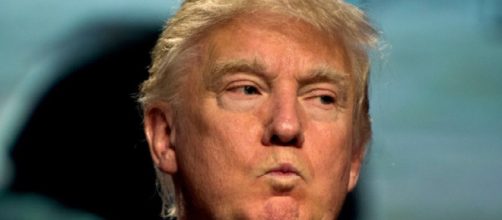This one may have even trump supporters protesting once there is a realization of what this all means. On Friday, President Trump met with a group of business executives and signed a directive calling for the rolling back of the Dodd-Frank Act. The 2010 law went in effect to rein in predatory financial dealings which caused the devastating Great Recession from 2007 to 2009. With chief executives like Indra Nooyi of PepsiCo, Jamie Dimon of JPMorgan Chase and Stephen Schwarzman of Blackstone Group present, Trump complained that his friends could not get loans from banks because of the Dodd-Frank rules and regulations.
So, the president’s solution is to implement the destruction of the Act. One must wonder if Hillary Clinton or any other Republican candidate would have done this if they were elected President. Certainly, none of the companies represented at that meeting lack the benefit of reaping robust profits or are struggling to obtain loans.
Who is really getting helped here?
Nevertheless, the business community is concerned. Trump’s decision could break apart the financial stability which helped the job market to recover and allowed for continued growth. Despite giving himself credit, Trump actually inherited an economy that had 11.5 million jobs added under Obama’s tenure. Diluting Dodd-Frank would be a serious setback for Americans.
Jobs and wages took huge hits during the Great Recession and people are still smarting over the 2008 bank bailouts. Folks are in search of decent paying, full-time jobs. They are relying on campaign promises to be made good, but will eventually realize that the wealthy will be getting wealthier.
What the president may not realize about government acts
Donald Trump seems to believe that by ending Dodd-Frank, it will result in more jobs because it will be easier for businesses to receive loans. However, the problem is not so much that there aren’t that many jobs. It’s that the wages are too low. A rollback of the Dodd-Frank Act will forfeit the financial stability which has helped the economy.
The Act was designed to protect workers and consumers by countering price gouging and reckless lending. The rules make it more difficult for banks to make money, something bankers fought hard against in an effort to weaken Dodd-Frank.

